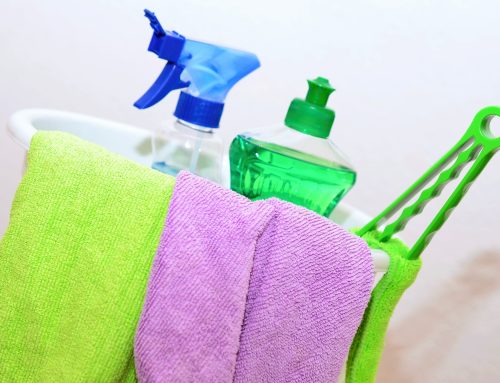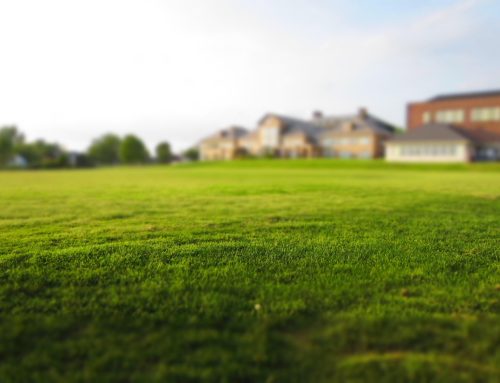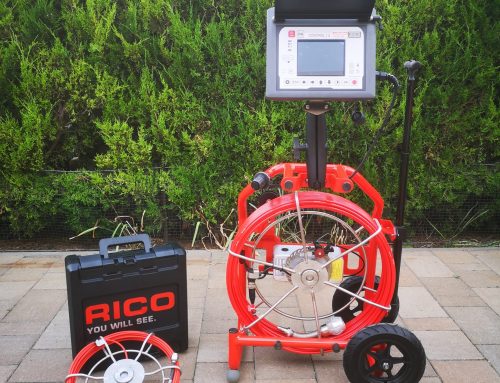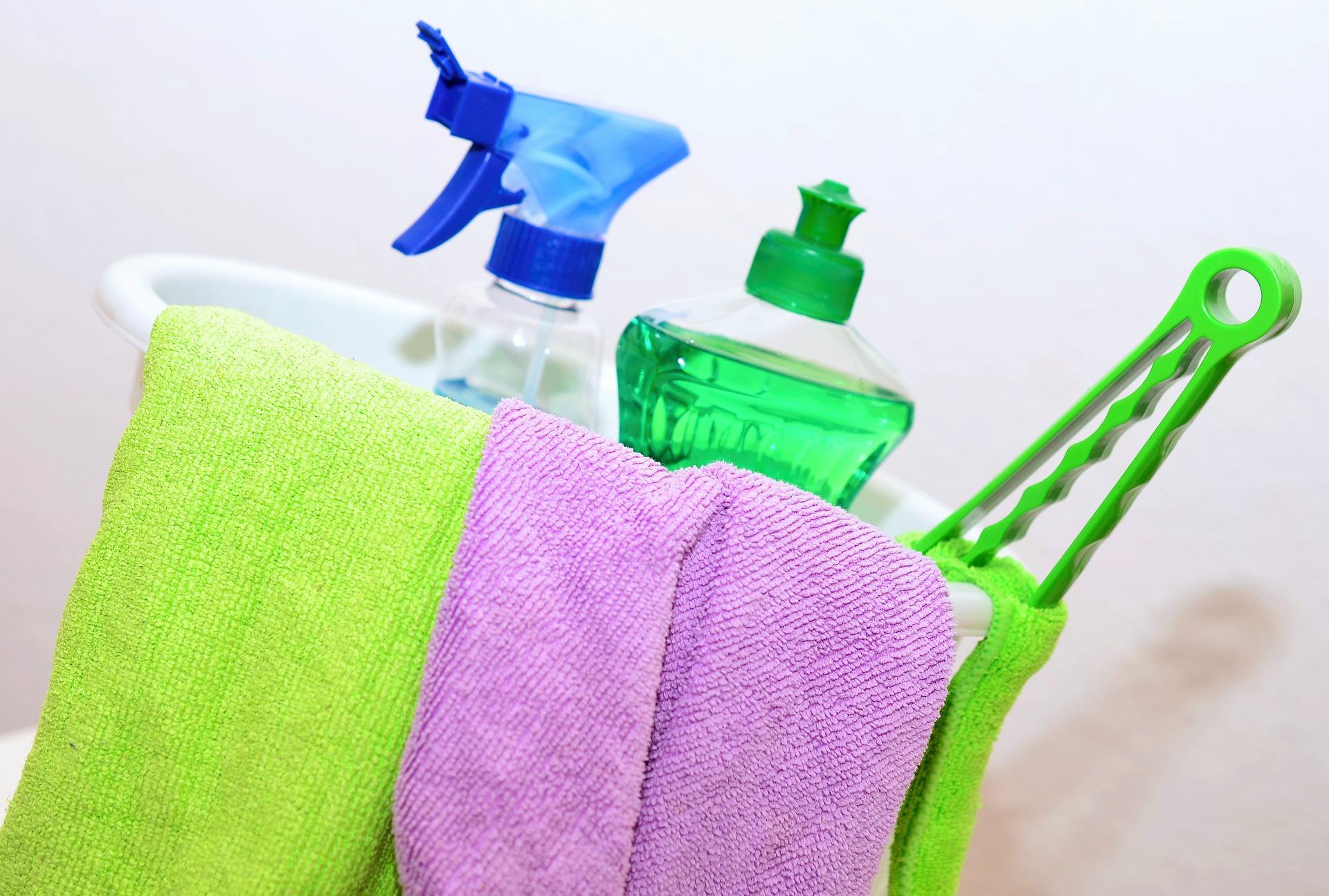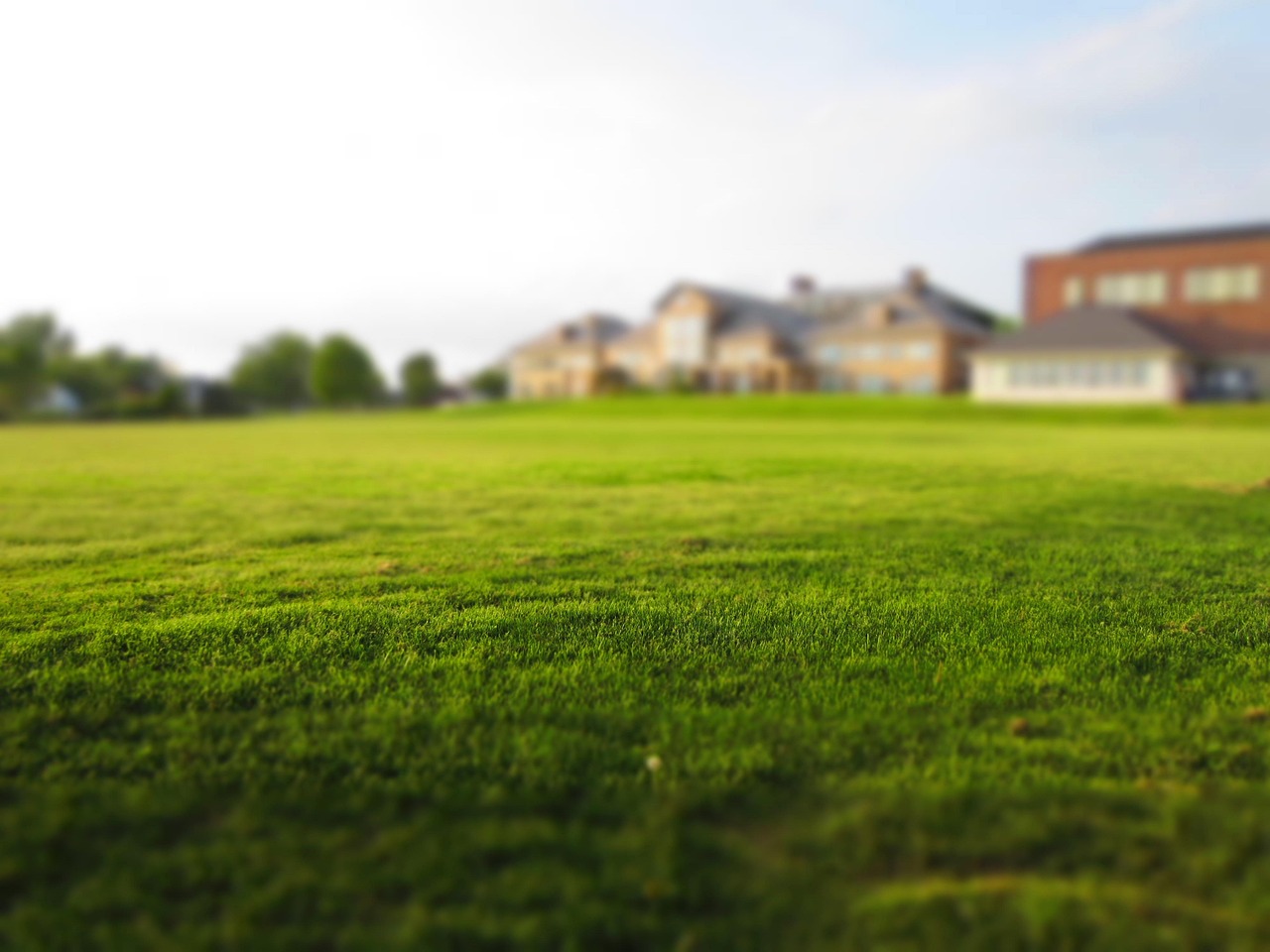Modern sewer systems run invisibly beneath our homes and industrial facilities, until some kind of problem doesn't hit his head. At this point, the question arises: how do we know what is hidden behind the walls or underground? The answer is increasingly sewer cameraing – an effective, non-destructive testing method.
What is sewer cameraing?
During sewer cameraing, a special, waterproof camera mounted on a flexible cable is inserted into the pipeline. This camera transmits the image in real time to the specialist's monitor, allowing for accurate diagnosis without having to dismantle it.
On the trail of hidden pipe bursts
THE hidden pipe breaks They are often only discovered when they have already caused serious damage: damp walls, mold growth, increased water bills. Sewer camera imaging allows the exact location of the break to be mapped, so repairs can be made in a targeted – and cost-effective – manner.
Root ingrowths: the silent enemies of canals
Tree roots can penetrate the sewer system almost unnoticed, causing cracks or completely blocking the path of water. During the camera inspection, these root ingrowths they are easily recognizable, so steps can be taken in time for cleaning and restoration.
THE sewer cameraing advantages at a glance
-
Accurate diagnosis: The source of the problem becomes immediately visible.
-
Non-destructive method: No need to demolish walls or dig.
-
Cost-effective: Expenses can be reduced with targeted repairs.
-
Time saving: Offers a faster solution compared to traditional methods.
-
Documentable result: The recording is also suitable for later analysis.
When is it worth requesting a sewer camera?
-
If recurring blockages occur
-
If you are buying a new property and would like to assess the condition of the sewer network
-
If your water bill is suspicious but there is no sign of a burst pipe
-
If the walls or floor get wet
FAQ – What many people ask about about channel cameraing
How long does a sewer camera inspection take?
Usually 30–60 minutes sufficient, but may be longer for larger systems.
How accurate is the camera inspection?
Modern cameras high resolution image transmit, so even hairline cracks are visible. Most devices are accurate with distance measurement and position indication also has.
How much does such an examination cost?
The price depends on the length, location and accessibility of the sewer network, but a for an average family house typically around 35,000 HUF.
Is there any preparation required before the test?
No, the specialist will bring everything he needs for the inspection. However, it is advisable to ensure access to the sewer connection points.
Summary
The canal camera not just for troubleshooting, but also a perfect tool for preventionIf you want to avoid costly breakdowns and unexpected repairs, it's worth taking action in time. A quick inspection can save you years of inconvenience!
Do you want to prevent a more serious problem? Don't wait until the pipes give you a signal - request a sewer camera inspection today, we are at your disposal!
Our expert team undertakes the inspection of the entire sewer network with short deadlines and professional tools.
On-site drop-off
Recording backup on request
Written report of the investigation


